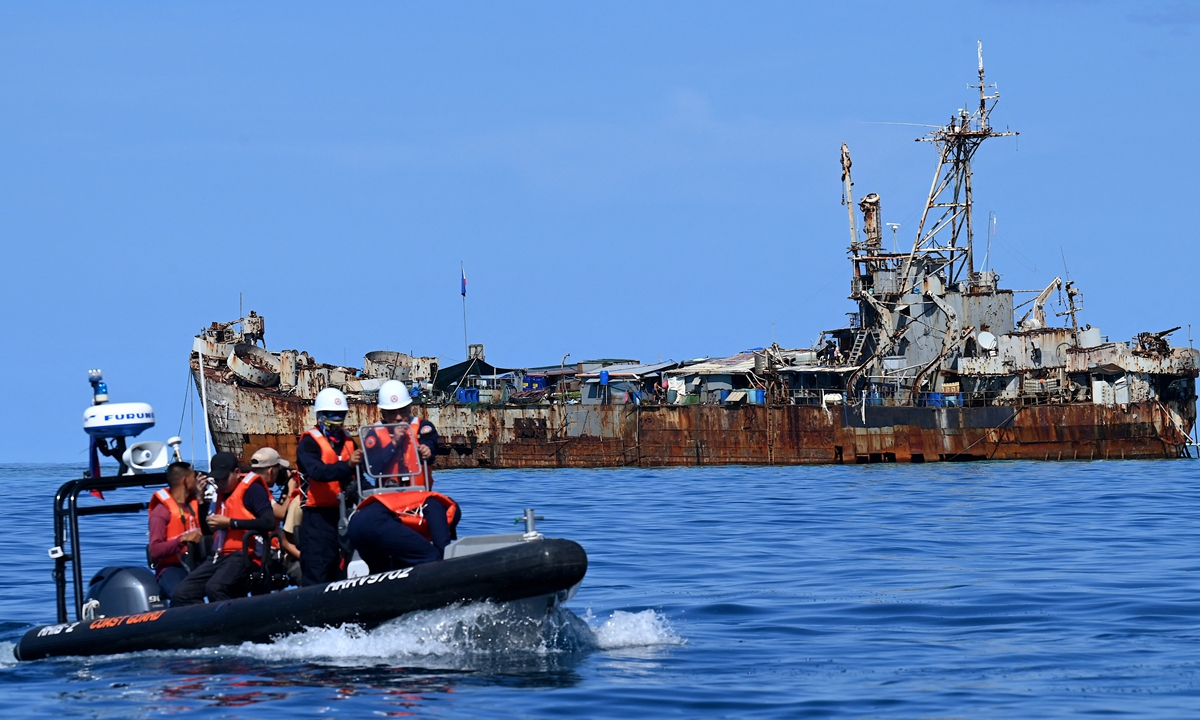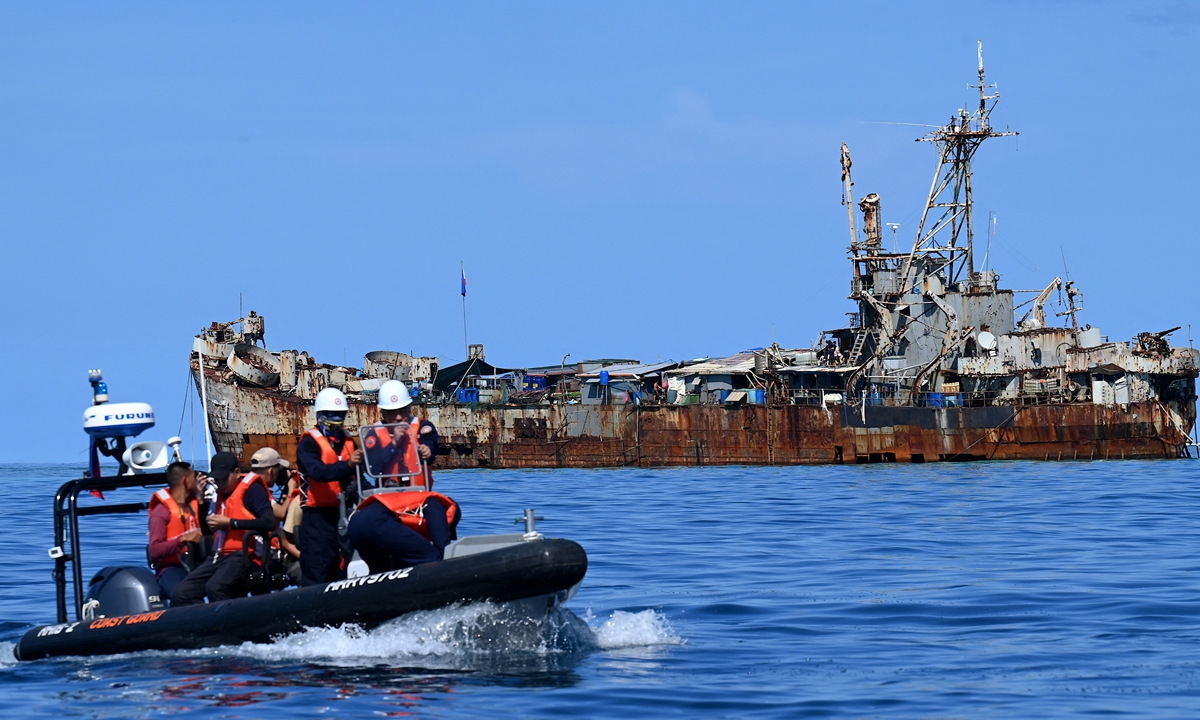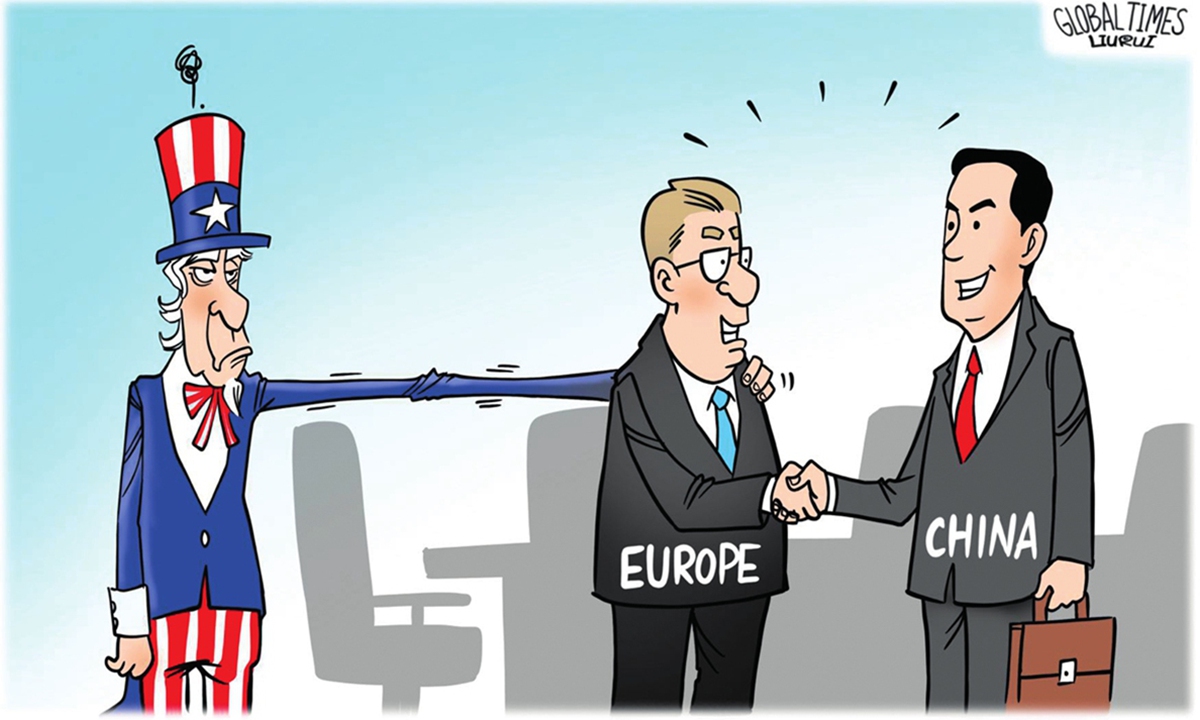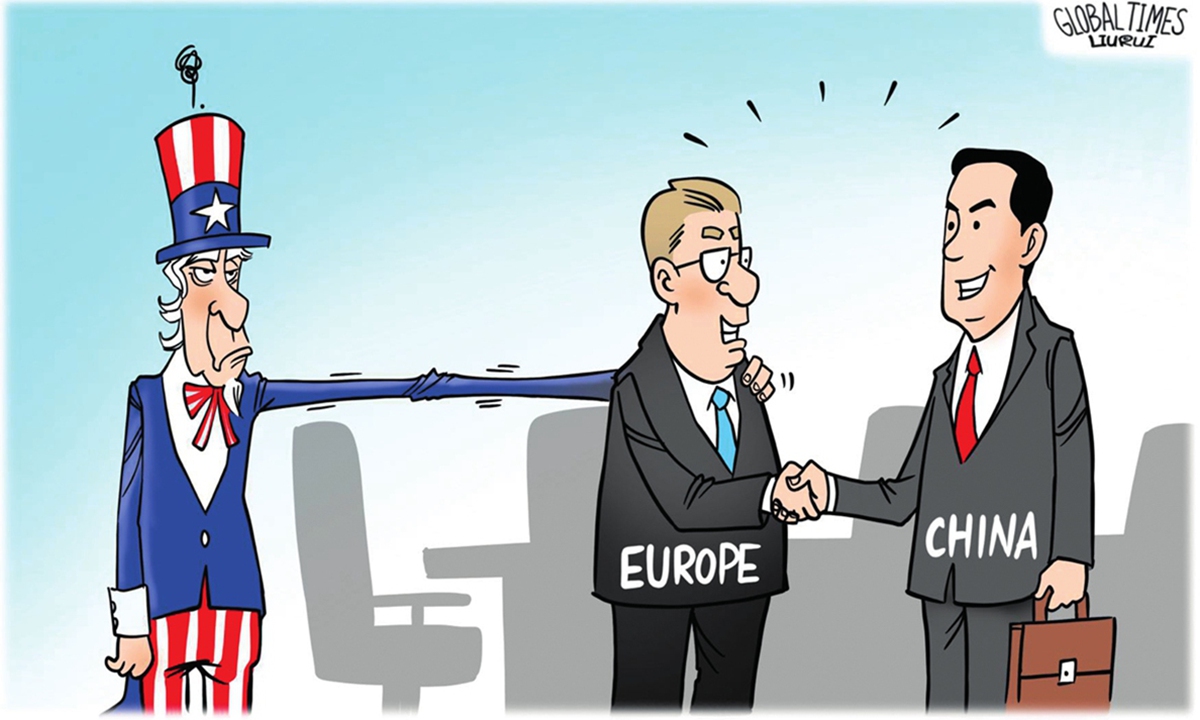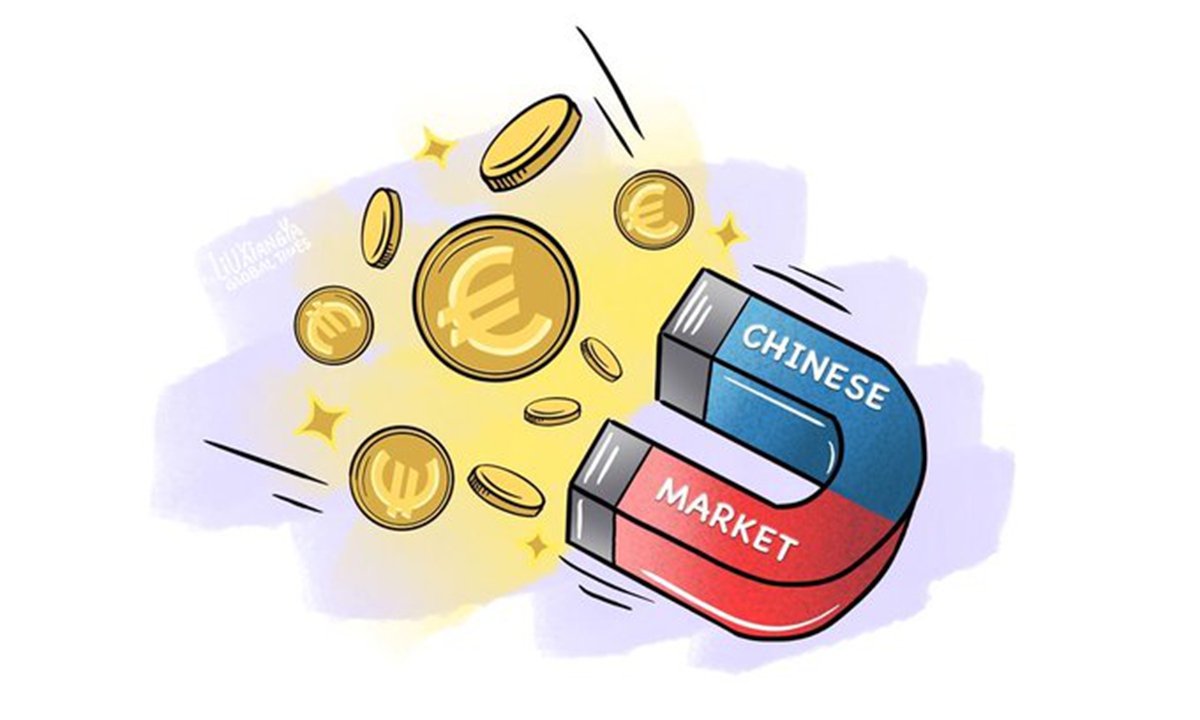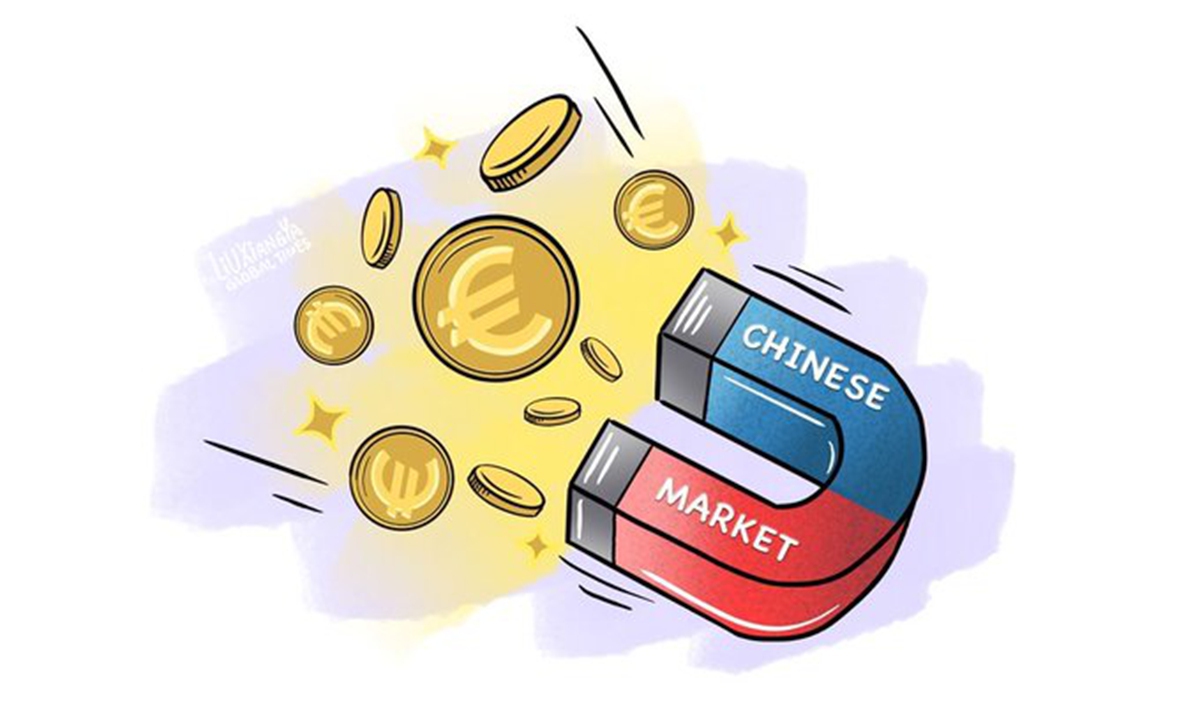
Mobile payment Photo:VCG
“I was informed of several ways to change money by staffers at the airport. They also taught me how to make mobile payments through Alipay. I can’t wait to experience digital payments,” Sophie, a first-time Canton Fair purchaser from Germany, told the Global Times on Sunday at Guangzhou Baiyun International Airport in South China’s Guangdong Province.
Sophie is among foreign arrivals to the 135th session of the China Import and Export Fair, commonly known as the Canton Fair, which is being held from Monday to May 5, who will enjoy improved payment services during their stay in Guangzhou. Improving payment services is part of China’s opening-up to welcome foreign guests.
Liu Qing, a senior manager of the Personal Digital Finance Department at the Bank of China (Guangdong Branch), told the Global Times during a group interview that the bank has placed more than 120 point-of-sale (POS) terminals that accept foreign bank cards in the venues of the Canton Fair.
“We focus on providing more convenient foreign currency exchange services, covering all branches in Guangdong. We also provide self-service exchange machines in the province. A total of 46 foreign currency exchange points have been set up in hotels, ports, exhibition halls and other places where foreigners often visit when coming to Guangdong,” said Liu.
In order to facilitate digital payments for foreign visitors to the Canton Fair, Alipay, a major mobile payment platform in China, launched an “International Visitors Service Zone,” a multi-function platform designed for foreigners in Guangdong.
It functions under the mini program “OneStop” with 16 languages provided.
The zone provides more than 30 digital application services in English, including purchasing local phone cards, taxi booking, hotel booking, car and ship ticket booking, takeout and express delivery, the Global Times learned from the Canton Fair organizer.
The biannual Canton Fair welcomes hundreds of thousands of overseas exhibitors and purchasers. As of Saturday, more than 144,000 purchasers from 215 countries and regions had completed registration for the event, the Global Times learned from the organizer.
Guangdong is an important destination for foreigners coming to China, the People’s Bank of China, the country’s central bank, said on April 1 when holding meetings on optimizing payment services in Guangdong’s Guangzhou and Shenzhen.
The PBC asked relevant departments to cooperate to increase POS terminals that accept foreign bank cards and ATMs that allow withdrawals with foreign cards.
China is improving the payment experience, especially for digital payments, for foreigners traveling or doing business in the country.
The Ministry of Commerce (MOFCOM) has been making efforts with relevant departments and has released the “Guide to Working and Living in China as Business Expatriates” to help cross-border business personnel exchanges so that the world can share China’s vast market, an official from the MOFCOM said on March 27 during a press conference.
As mobile payments cover all aspects of life in China, including food and transportation, providing payment convenience for foreign nationals in China is a major undertaking, the MOFCOM official said.
On March 7, China released a guideline to better meet the payment needs of foreigners and the elderly, calling for coordinated efforts by various authorities to promote the acceptance of foreign bank cards, guarantee the use of cash, improve mobile payment convenience, and further protect consumer rights while choosing payment methods and optimizing account services.

